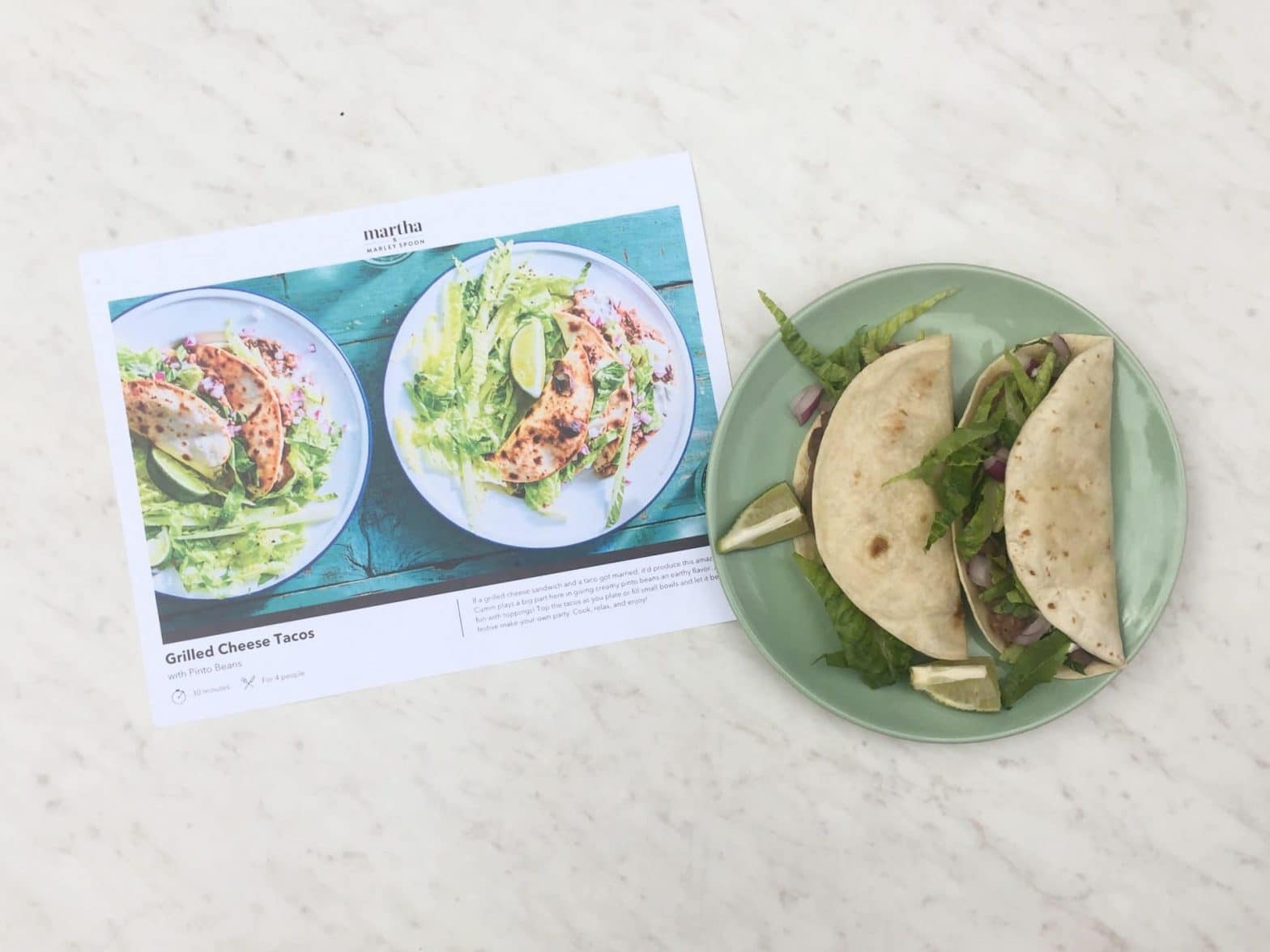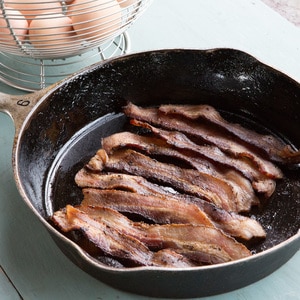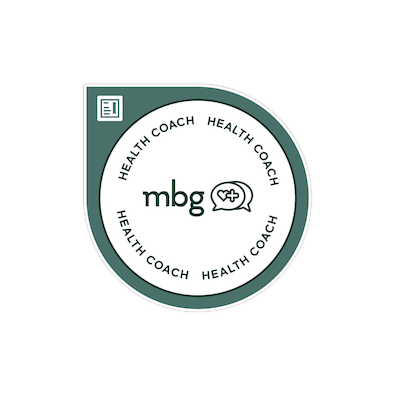After launching Olive You Whole last week, the question I got over and over was…
“Soooo… what IS Whole30?”
Why yes, that would be a great place to start, wouldn’t it? Here we go!

The ultimate goal is to reduce as much “silent” inflammation from the body as possible. Sounds great, right?
The food you eat either makes you more healthy or less healthy. Those are your options.¹
Sure, this may sound like a daunting thought to consider… That means there are clearly defined categories of “healthy” and “unhealthy,” and our “It’s not SO bad if I only have 2 brownies instead of the 3 I actually want…” self-defined gray area may not be so gray after all… (Come on, we all have those thoughts!)
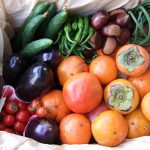
,” it explains these black and white categories very clearly, and explains in detail the biology and studies behind their decisions for each food group. The category of health and/ or nutrition had always been a sticky subject between my husband who’s a doctor and me… I believe everything that looks somewhat credible on the internet, and Chaz corrects me near 100% of the time (lovingly, of course ;). When we read “It Starts with Food,” it was the first time we were presented with nutrition within the realm of science, and we both are overjoyed!
The whole premise of the Whole30 Diet is based on these four principles, which they call:
Whole30’s Four Good Food Standards:
Every single food you will put in your body for 30 days will follow these 4 standards. If any food fails even one of these, it is nixed from the Whole30 Approved list!
Food that we eat should:
- Promote a healthy psychological response.
- Promote a healthy hormonal response.
- Support a healthy gut.
- Support immune function and minimize inflammation.” ²
Whole30 Approved
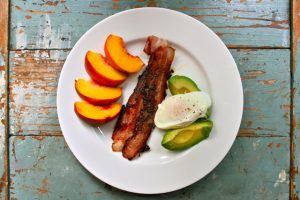
We are far more concerned with health than we are with history.
- Meat: good quality, organic, you-have-a-good-feeling-they-were-happy-once meat is the kind of meat you’re going for. Don’t get me on my meat soapbox (we were vegetarians for 5 years for a reason…), but the quality of the home the animals lived in greatly affects the nutrition their meat gives you.
- Vegetables: no one’s arguing with this one… Veggies pack all of the fiber of grains without any of the consequences. Plus they also pack in a bunch of micronutrients- yay!
- Fruit: Similar to veggies- lots o’ fiber! The sweetness of fruit is ok because it is signaling to our bodies that it IS indeed nutritious!
- Healthy Fats: These consist of nuts, certain types of oils, avocados, and coconuts in all their forms.
Click to see a full list of the Whole30 Program Rules and Whole30 Can I Have…? guidelines!
Self Experimentation
One of the best aspects of this nutritional reset is that at the end of the 30 (or 45 or 60 or 90…) days, your body is basically at a “ground zero.” Since none of the things you’re eating should be causing your gut or body any problems, you’re at a good place to reintroduce things one at a time to see how they’re affecting your body. After you asses each typically-problematic food group, you can decide based on how it affected you how much a part of your diet that food group will be from now on. Some foods, while delicious, are most of the time just not even worth the havoc they take on our bodies (for me, as a lactose intolerant individual, dairy). This is a completely individual thing, and only you can be the judge of what’s worth it for you.
Sources:
Hartwig, Dallas, and Melissa Hartwig. It Starts With Food. Las Vegas: Victory Belt Pub., 2012. Print. (¹p. 12, ²p. 24, ³p. 19).



